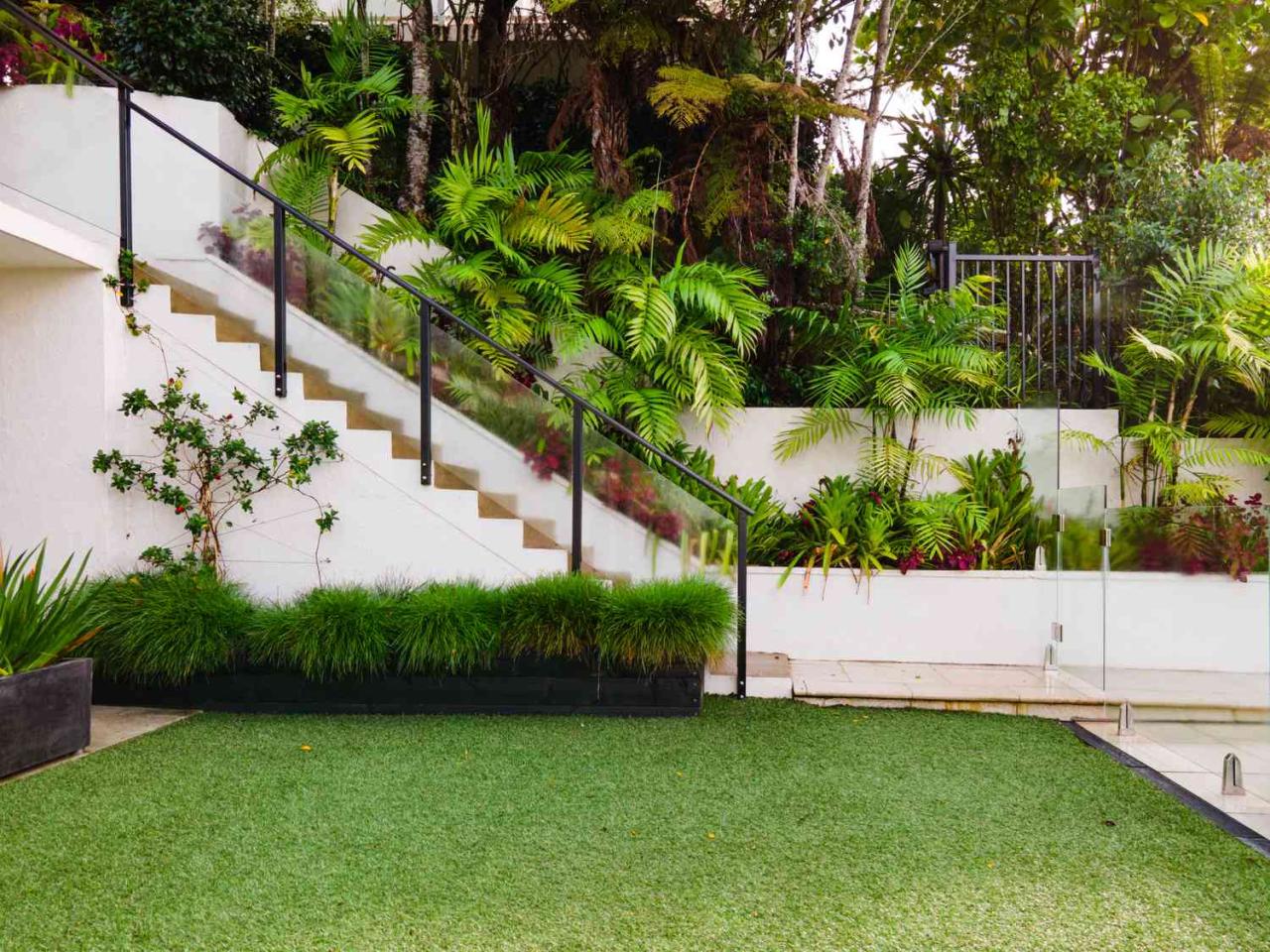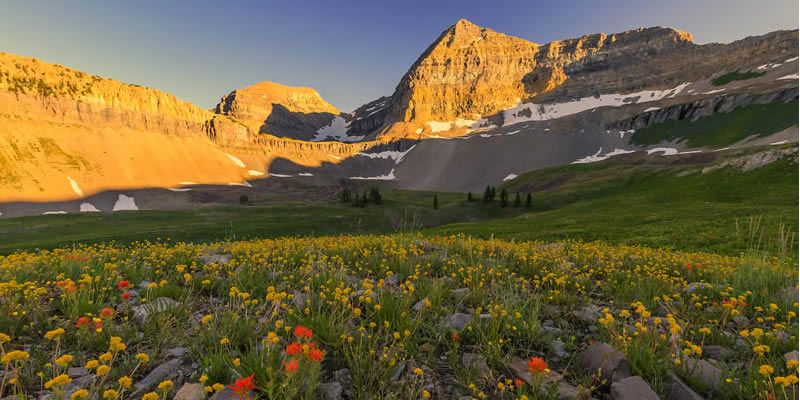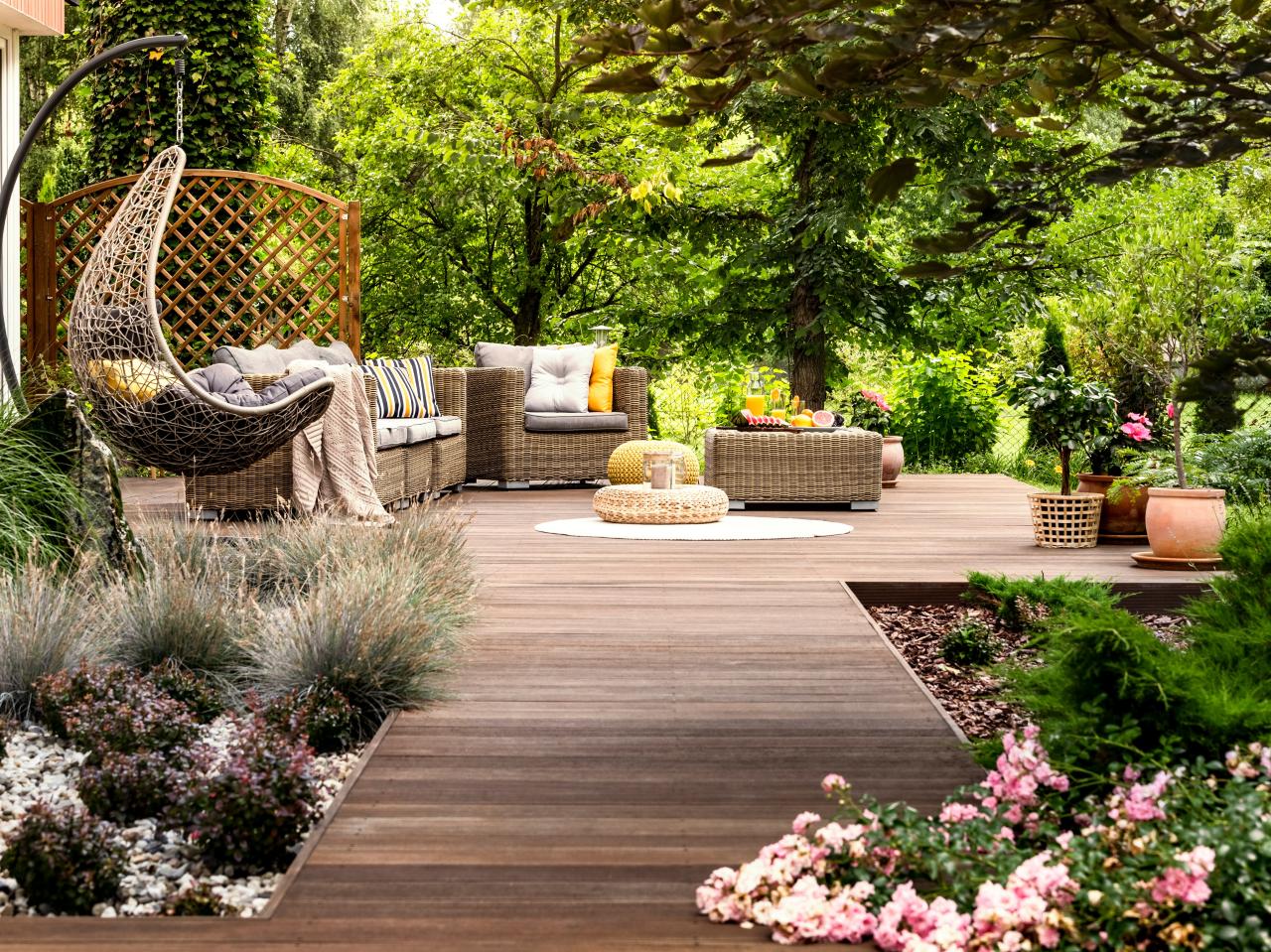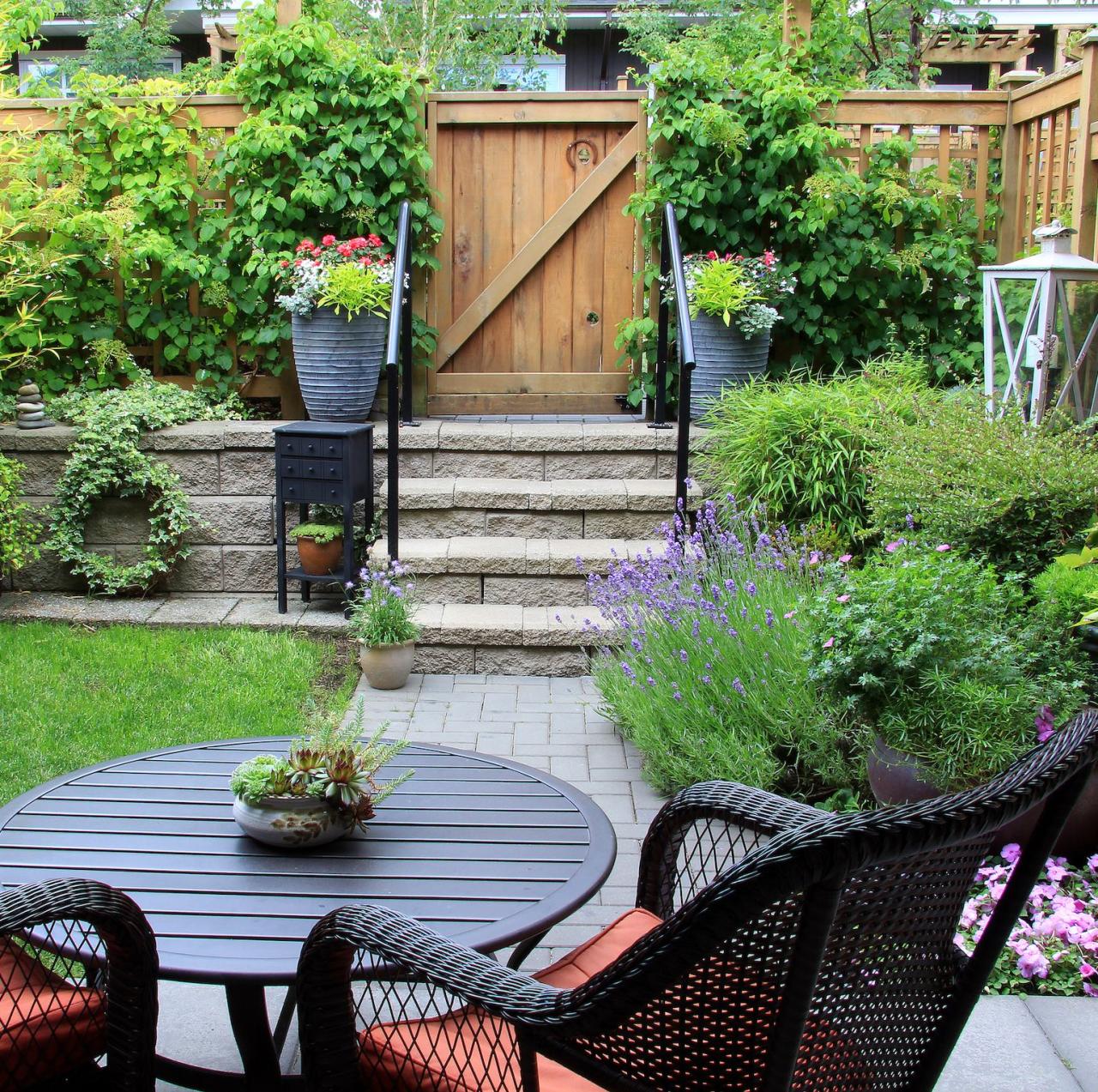Harmonizing Nature and Architecture: Landscape Design Principles

Landscape design is an intricate art form that seeks to harmonize the built environment with the natural world. It is a discipline that encapsulates principles and practices aiming to create outdoor spaces that are not only aesthetically pleasing but also functional, sustainable, and in tune with the surrounding environment. In this article, we will explore the core landscape design principles that guide the process of harmonizing nature and architecture.
- Unity and Cohesion:The principle of unity emphasizes that a landscape should have a coherent and unified look. This involves the careful selection and arrangement of plants, hardscapes, and other elements to create a harmonious composition that doesn’t feel disjointed.
- Balance and Symmetry:Balance and symmetry in landscape design help create a sense of equilibrium. Achieving a balance between the visual weight of different elements and providing symmetry in your design can create a calming and visually pleasing environment.
- Scale and Proportion:Proper scale and proportion ensure that landscape elements fit together in a visually pleasing way. Large trees or structures should be balanced with smaller elements, and their sizes should be proportionate to the overall design.
- Focal Points:Focal points draw attention and create visual interest. Whether it’s a stunning tree, a beautiful sculpture, or a water feature, focal points provide a sense of order and purpose in the landscape.
- Rhythm and Repetition:Creating rhythm through the repetition of similar elements—whether it’s plants, colors, or shapes—can establish a strong visual flow that guides the eye through the landscape.
- Functionality:A well-designed landscape is not just about aesthetics; it must also fulfill its intended functions. Whether it’s providing space for outdoor activities, relaxation, or gardening, the landscape should serve a purpose.
- Sustainability:Sustainable landscape design principles are critical in today’s world. These include water conservation, the use of native plants, and the reduction of chemical inputs, all of which minimize the environmental impact of the landscape.
- Respect for Nature:A fundamental principle of landscape design is to respect and integrate with the natural environment. This involves preserving existing natural features and ecosystems while enhancing them through the introduction of complementary elements.
- Seasonal Interest:An appealing landscape should offer interest throughout the seasons. The selection of plants that bloom or change color in different seasons ensures your outdoor space remains visually captivating all year long.
- Accessibility and Safety:Designing a landscape that is accessible and safe is essential. Thoughtful pathways, railings, and lighting are vital for both functionality and security.
Conclusion:
Landscape design principles are the guiding foundation for creating outdoor spaces that seamlessly blend with architecture while enhancing the natural world. By incorporating principles such as unity, balance, and sustainability, landscape designers craft environments that are not only visually pleasing but also functional and in tune with the ecosystem. The result is a harmonious blend of nature and architecture that enriches our lives, providing spaces of beauty, serenity, and inspiration. Landscape design is, at its core, the art of connecting with the world around us and bringing nature into our everyday lives.




